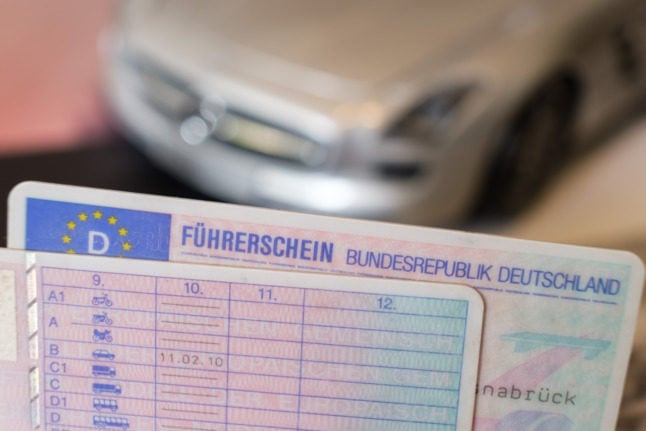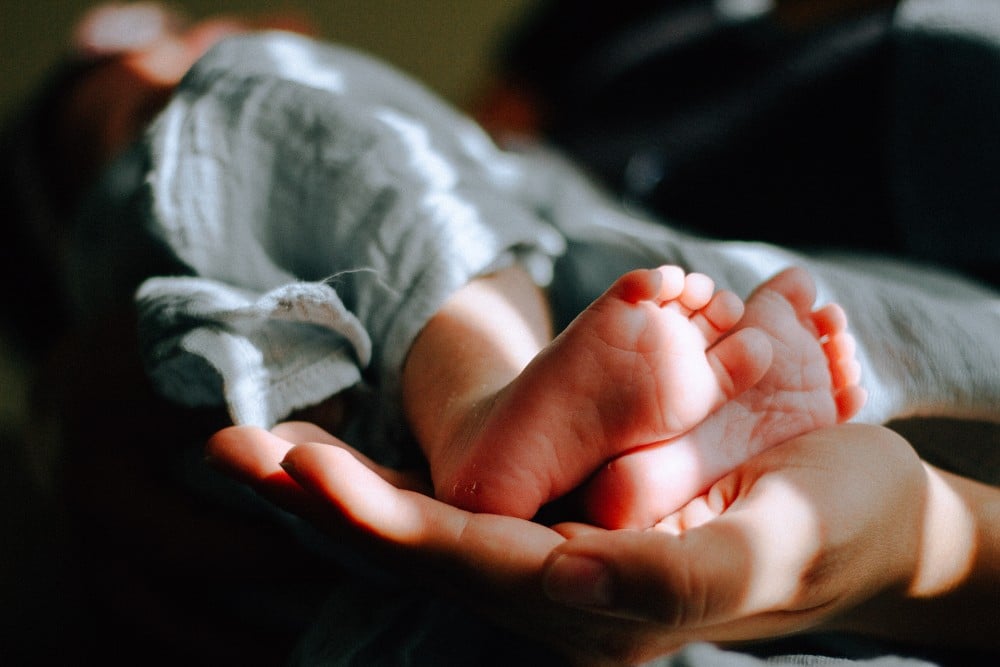Older drivers in Germany have been given an additional six months to organise the exchange of their paper driving licences for new digitalised versions.
People born in the mid-1950s were supposed to be the first group to transfer their licences by January 19th – but in light of the ongoing Covid pandemic, this deadline has now been extended to July 19th.
The change was passed at a meeting of the state interior ministers on Monday under the leadership of Bavaria’s interior minister Joachim Herrmann (CSU).
It affects people born between 1953 and 1958 who still use old paper driving licenses that were issued up to December 31st, 1998 – either in West Germany or the GDR.
According to Hermann, Bavaria will immediately introduce a motion to amend the driving licence ordinance in the Bundesrat (Germany’s upper house of parliament).
Until this comes into force, the otherwise-due warning fine of €10 will be waived by the police.
READ ALSO: Brexit: New licence needed to bring vans and trailers from UK to Germany
“However, all those affected should immediately take care of the exchange in the meantime,” Herrmann said, adding that new licences could take several weeks to be issued.
Welcoming the move, a spokesperson for the German Motorists’ Club ADAC said the extra time would bring peace of mind to car drivers.
“For the affected driving licence holders, the decision brings the certainty that they can continue to drive with the old licence for the coming months without worries and do not have to fear fines,” they said.
In extending the deadline, the federal states were responding to bottlenecks in their driving licence offices thanks to ongoing Covid crisis, the ADAC explained.
Uniform EU licences
In order to comply with new EU regulations, around 43 million driving licences will need to be exchanged by 2033. This is set to take place in stages, with the 1953-58 age group earmarked as the first set of people who to make the switch.
This phased process is intended to prevent bottlenecks in driving licences offices, but people can nevertheless opt to transfer their licence ahead of time.
In future, driving licences are to be forgery-proof and uniform throughout the EU. In addition, all driving licences are to be recorded in a database to prevent misuse.
After the extended deadline, the next group to change their licences will be people born between 1959 and 1964. Assuming the deadline isn’t extended again, this group will be asked to make the switch by January 19th, 2023.
READ ALSO: Everything that changes in Germany in 2022
The final deadline will be January 19th, 2033.
According to the Federal Ministry of Transport, old driving licences will become invalid after the respective deadlines have expired, with drivers who fail to exchange them subject to a warning fine of €10.
The fee for switching the licences is €25, and no further driving test is needed in order to obtain one.




 Please whitelist us to continue reading.
Please whitelist us to continue reading.
What about people born in the 1940s?